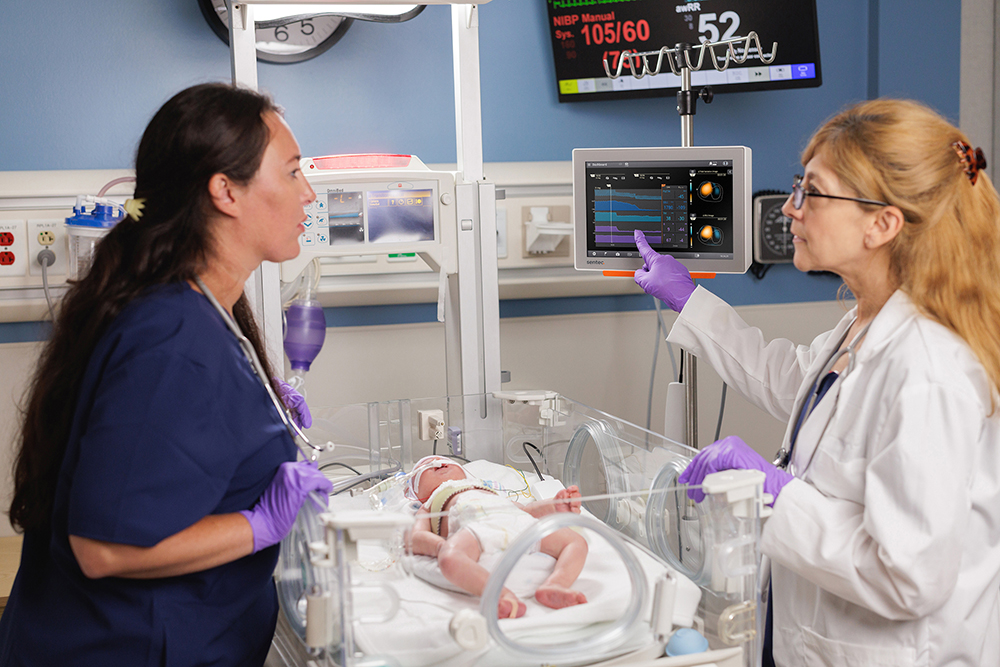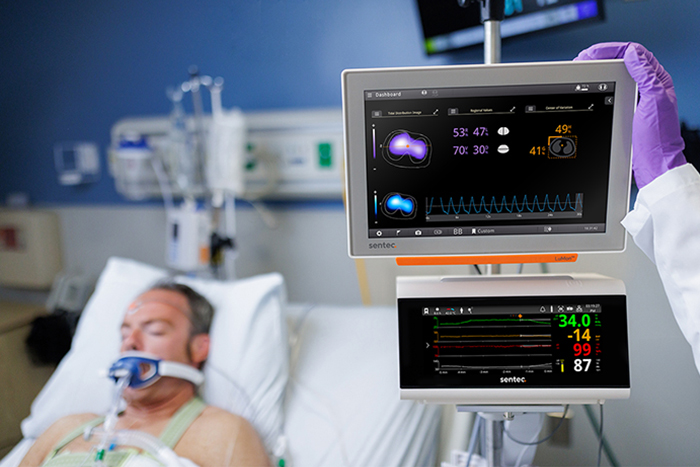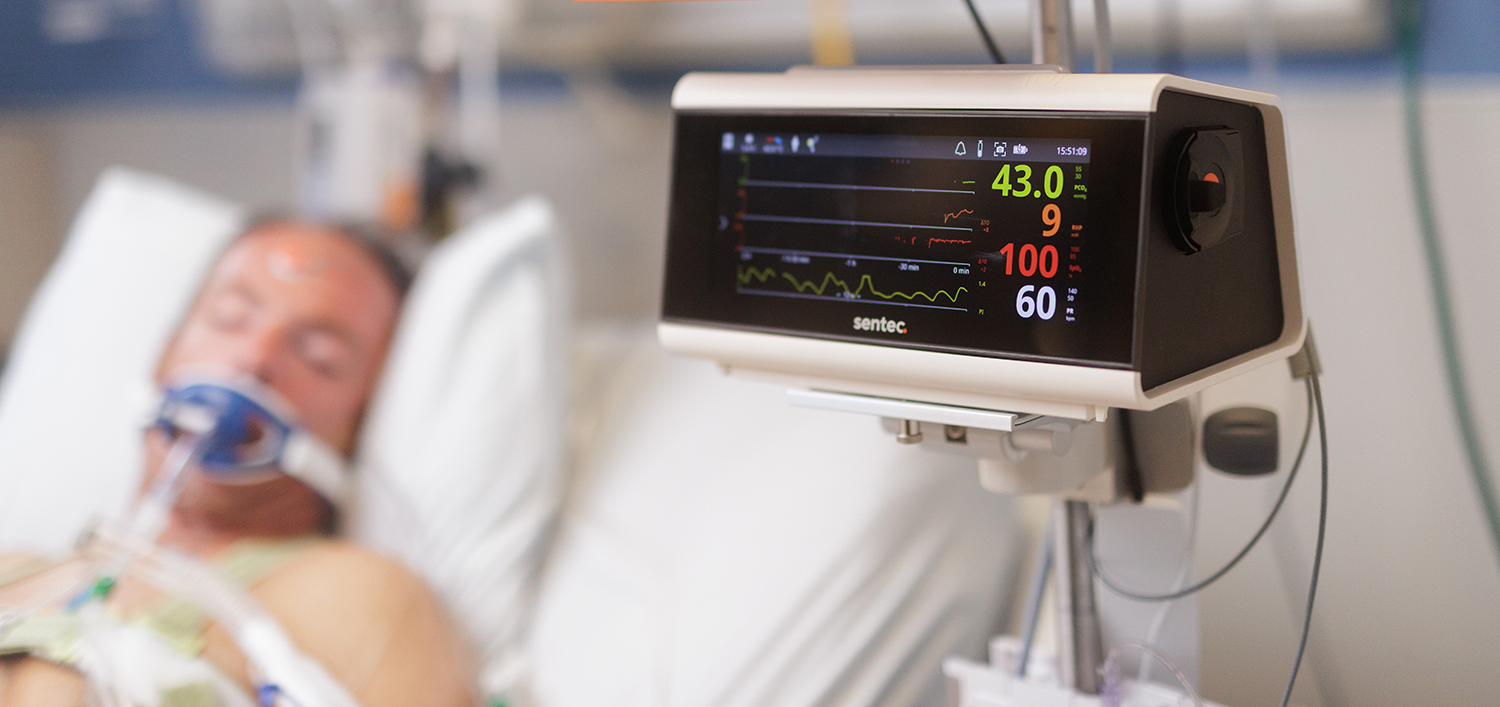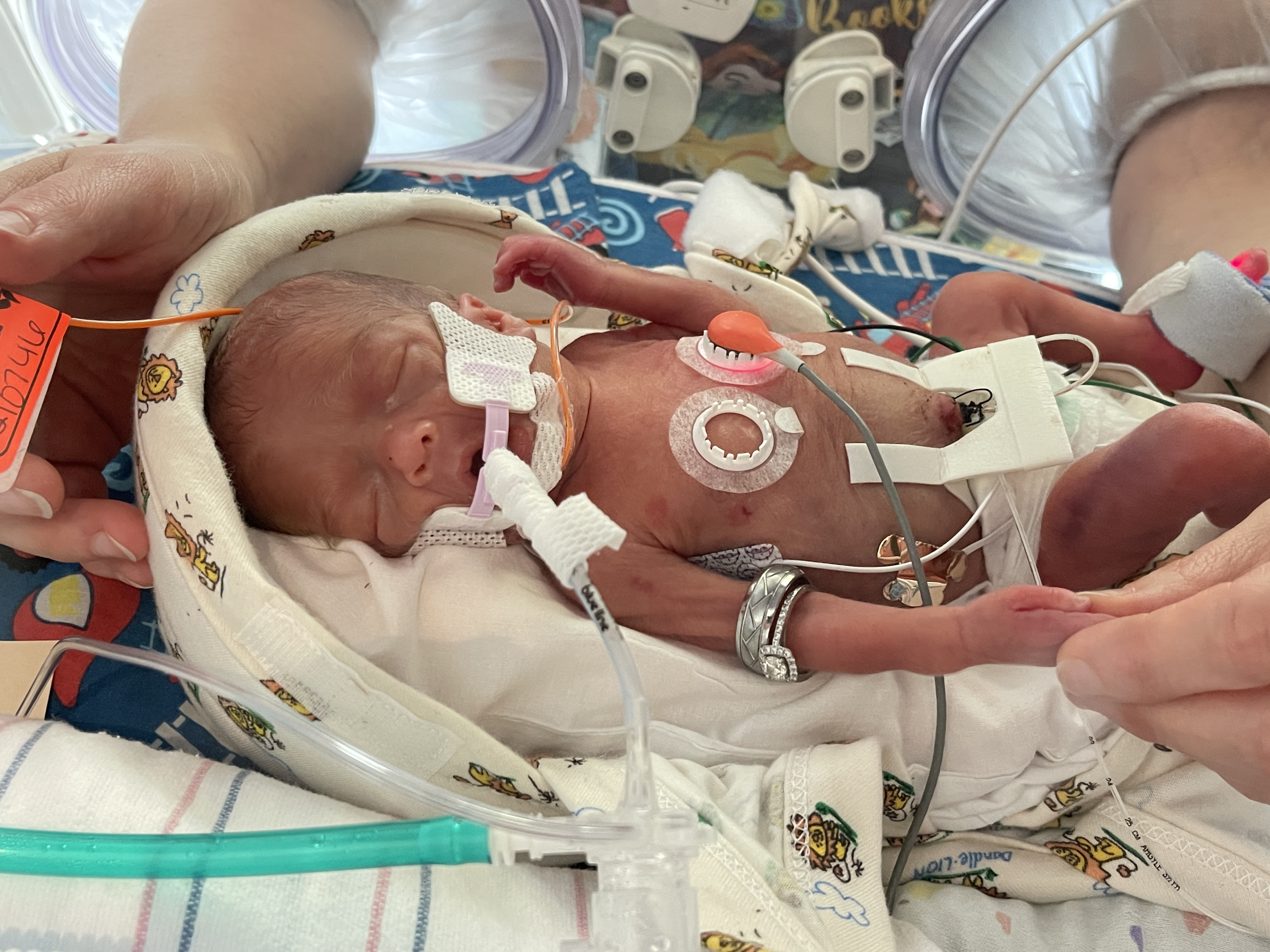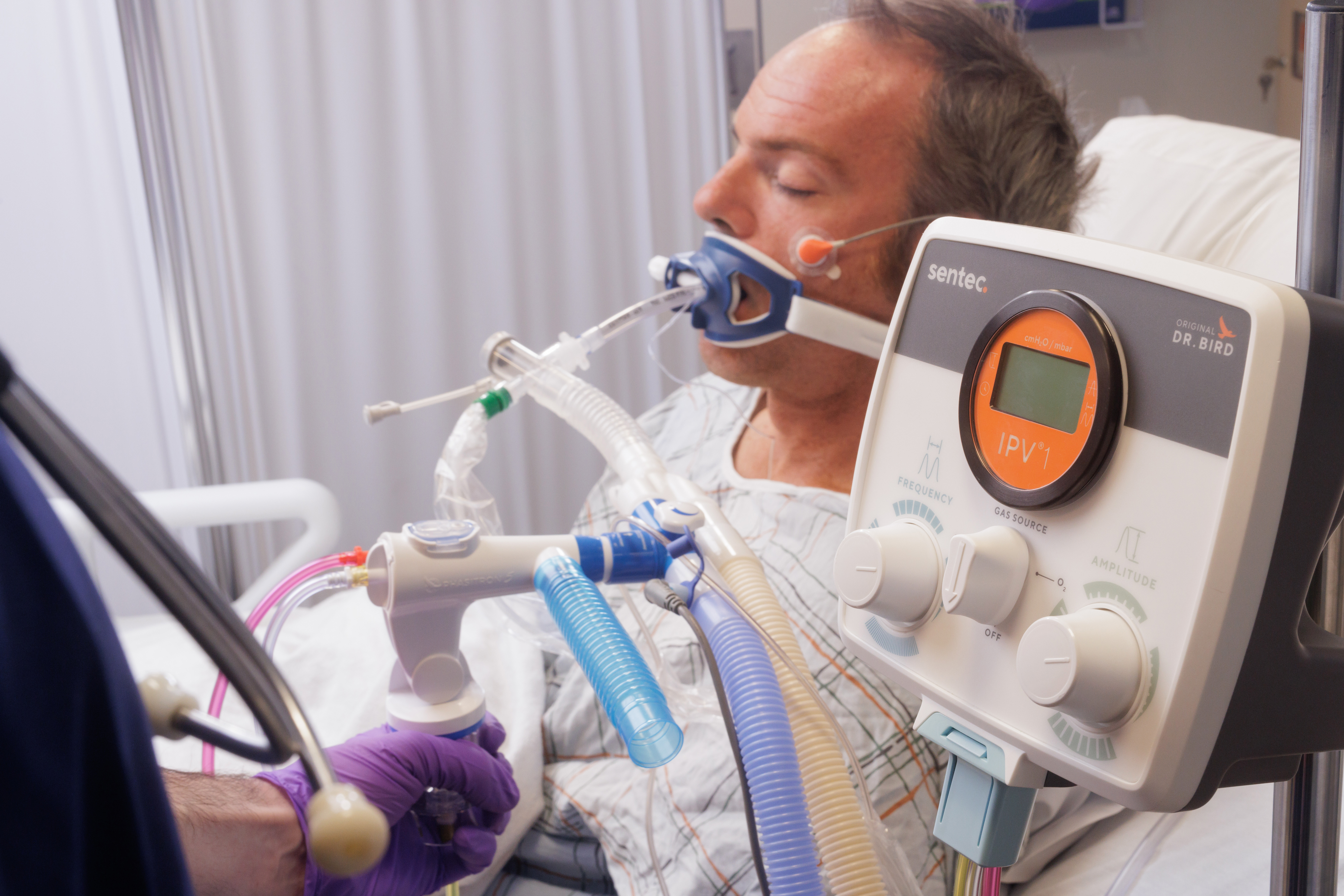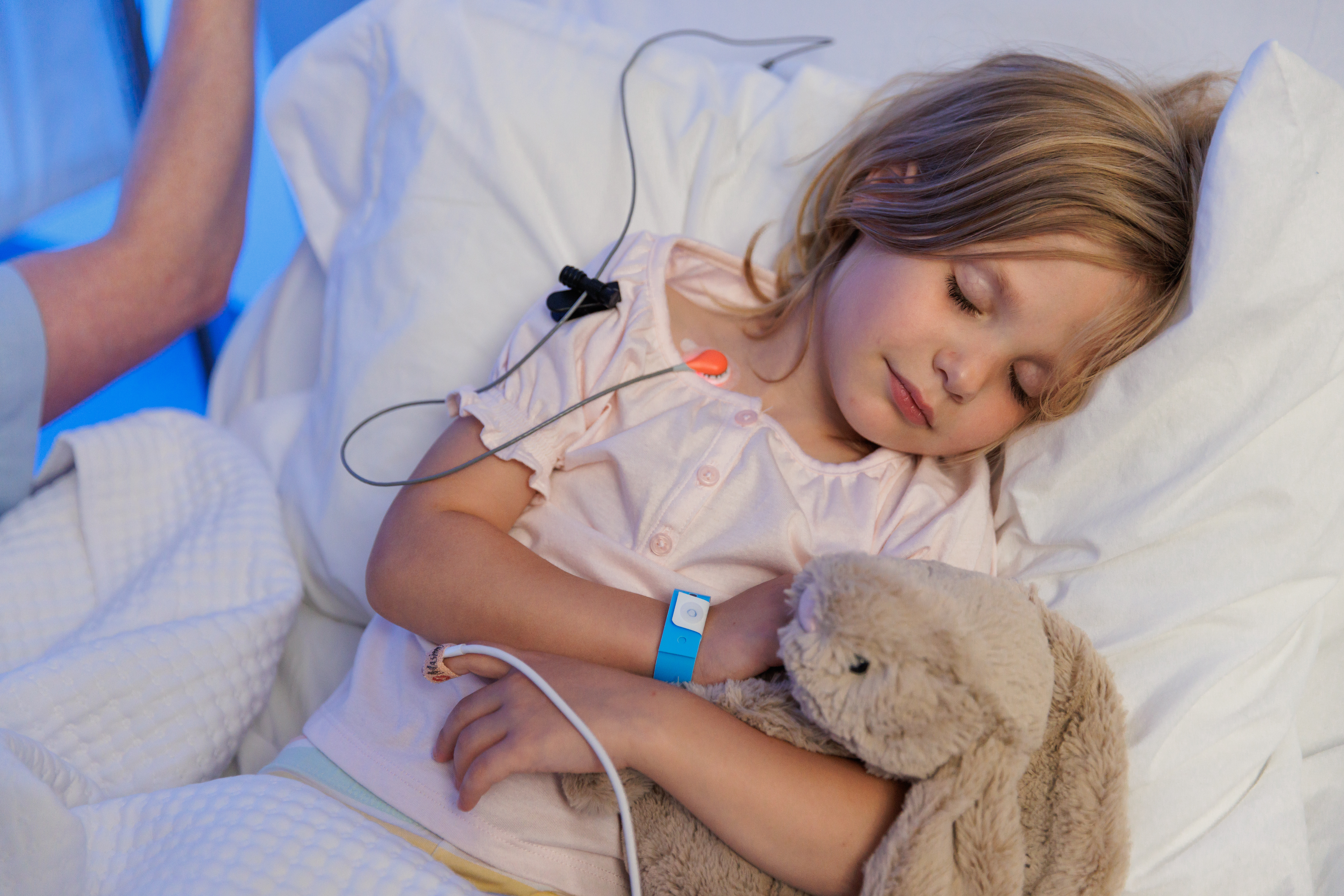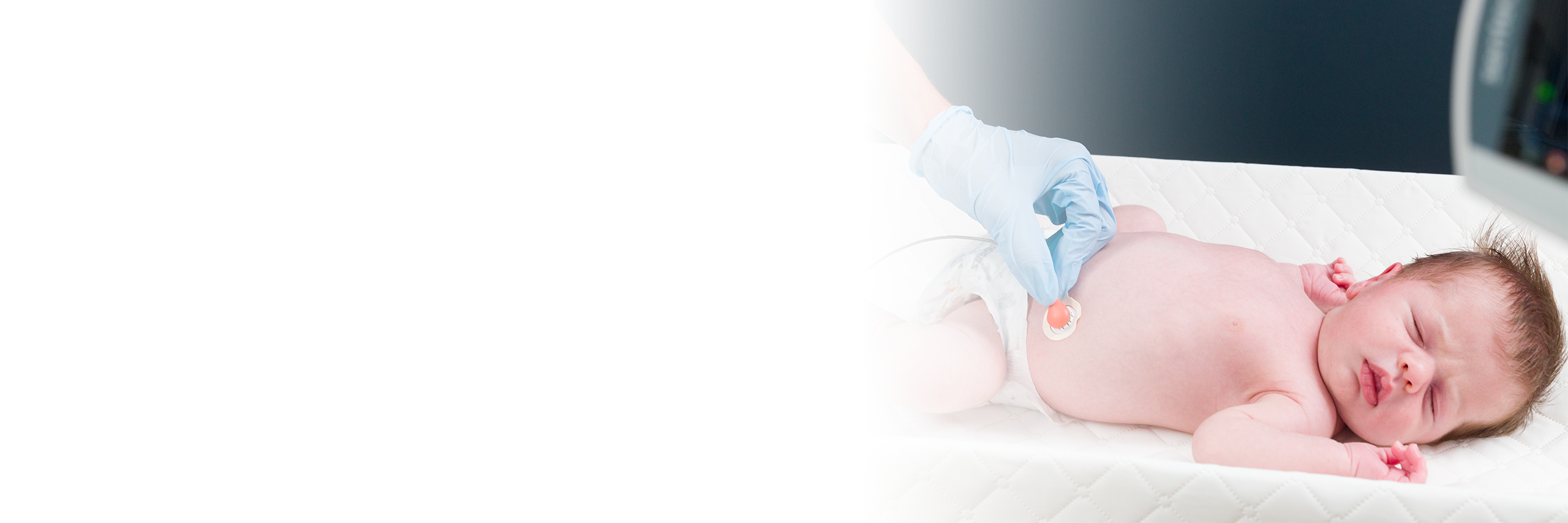MENU
- Clinical Resource
Electrical Impedance Tomography (EIT) in Neonatal Respiratory Care: Curated Bibliography
Peer-reviewed studies on EIT in neonatal ventilation—covering validation, therapies, personalized care, weaning, delivery room use, and guidelines.
- Clinical Resource
Electrical Impedance Tomography (EIT) in Adult Respiratory Care: Curated Bibliography
Peer-reviewed studies on EIT in ventilation—covering validation, therapies, personalized care, weaning, delivery room use, and guidelines.
- Product Spotlight
Accurate transcutaneous CO2 monitoring for agile respiratory care teams
Explore how transcutaneous CO₂ monitoring delivers noninvasive, real-time insights to support better outcomes for both clinicians and patients.
- Sentec Article
How Transcutaneous CO2 Monitoring Can Help NICU Nurses Advocate for Patients
Continuous CO2 monitoring is a powerful tool that can help NICU nurses as they advocate for their tiny patients. Discover 4 ways it can help amplify your voice.
- Evidence Summary
Restoring Gas Exchange Capacity with Intrapulmonary Percussive Ventilation (IPV) Therapy
The IPV Therapy Clinical Evidence Brochure offers an overview of key clinical studies that highlight the efficacy and safety of intrapulmonary percussive ventilation (IPV) therapy across diverse patient populations.
- Whitepaper
Pain and the Neonatal Brain: History, Outcomes, and Strategies for Improvement
Patients in the NICU are among the most delicate residents in the hospital, yet studies have shown as many as 17 painful procedures being performed on neonates each day. Many painful procedures are related to blood draws for lab tests used to monitor patients and titrate support.
- Whitepaper
Reducing Blood Loss in the NICU
Blood draws for lab work are well-established as one of the main drivers of anemia of prematurity leading to a high rate of transfusion in the NICU. Learn more about the problem and how transcutaneous monitoring can be part of the solution.
- Whitepaper
Transcutaneous CO2 Monitoring in Routine and Advanced Pediatric Sleep Studies
Lisa DeGuzman, RRT-NPS, RPSGT, CCSH discusses the role of transcutaneous CO2 monitoring in the Nemours Children’s Hospital Pediatric Sleep Center, highlighting its applications in detecting and guiding the management of sleep-disordered breathing among the pediatric population.
- Whitepaper
Practical Use of Transcutaneous CO2 Monitoring in the NICU
In this article, Anne M. Geistkemper, MSc, RRT, RRT-NPS discusses the practical applications of transcutaneous CO2 monitoring in the NICU, its integration into neonatal care practices, and the evolution of this technology’s adoption in the Rush University Children’s Hospital NICU.
- Whitepaper
CO2 Monitoring in Patients with Ventilation Perfusion Mismatch
This whitepaper explores how ventilation perfusion (V/Q) mismatch may cause inaccuracies in end-tidal CO2 readings, why arterial blood gases are not an ideal solution for many patients, and why transcutaneous CO2 monitoring may be an alternative to consider.
